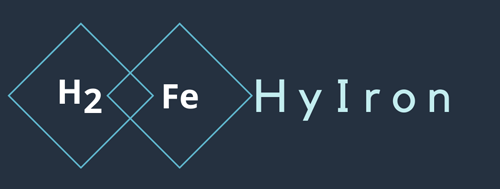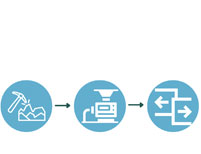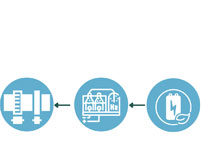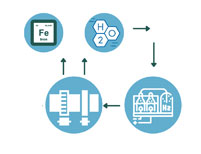Overview and advantages
Over the past decade renewable energy has become the most cost-effective source of power due to steadily declining costs of production. For many industrial processes, this means that the tipping point for switching from fossil to renewable energies has been or will soon be reached. The use of green hydrogen instead of fossil hydrocarbons in the reduction process of iron ore (iron oxide – FEₓOₓ) to Iron (FE) is one of the most important of these industrial processes due to its massive potential for reducing carbon emissions.
This shift has important implications for the entire value chain: With the HyIron technology, this change can rapidly be realised. In its modular design, it can grow alongside the increasing availability of renewables and alongside the improvements in water electrolysis for the production of green hydrogen. The market for green iron can be developed and the benefits along the value chain can be realized.
In addition to reducing carbon emissions, the technology provides other environmental and economic benefits. along the entire value chain from iron extraction to the foundry or steel factory. For example, does the dry processing of crushed rocks for iron ore conserve water in a water-stressed locations while protecting local wild life and biodiversity. Or a 30% reduction in material weight and logistical efficiencies further decreases emissions along transport chains. Finally, at the foundry or steel factory, the high purity of the iron saves vast amounts of energy and materials and can improve the quality of the end product significantly.
We have a commitment to the community and the environment in each of the regions
where we carry out our production activities. We take care of natural resources
and protect native ecosystems.
We have a commitment to the community and the environment in each of the regions
where we carry out our production activities. We take care of natural resources
and protect native ecosystems.
We have a commitment to the community and the environment in each of the regions
where we carry out our production activities. We take care of natural resources
and protect native ecosystems.
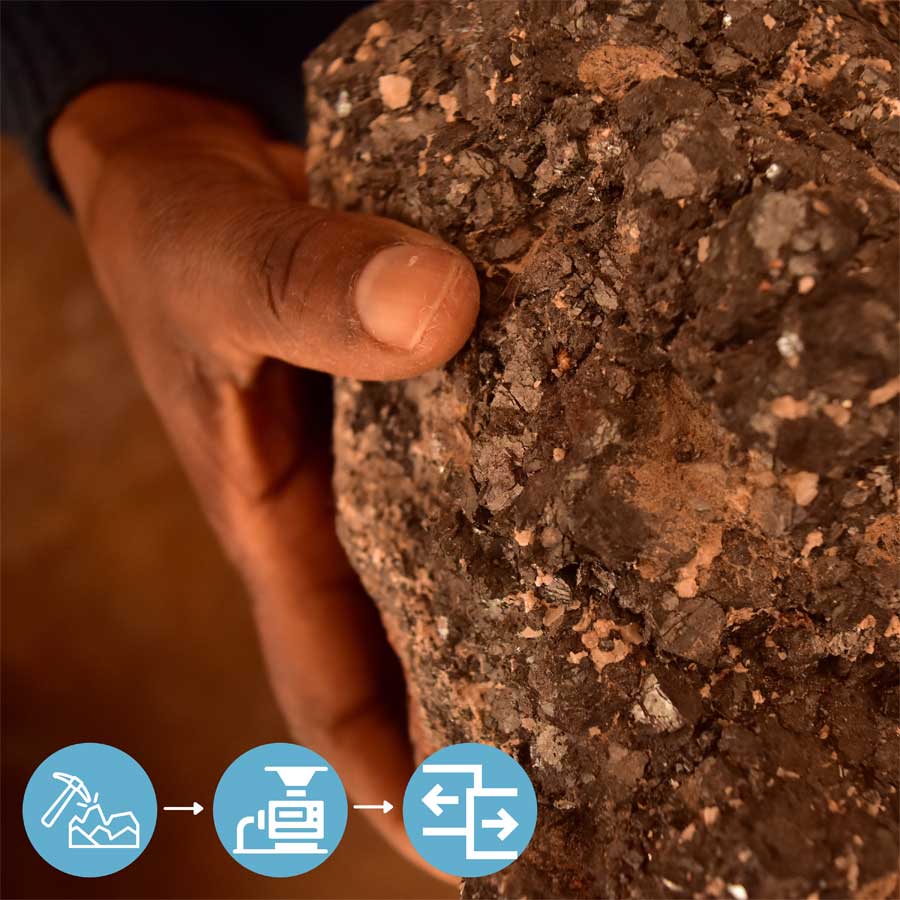
Mining and dry beneficiation
In 2020, 2.47 billion tonnes of iron ore were mined. Most of this iron ore is further processed in blast furnaces where large grain sizes are needed. To be usable in blast furnaces, fine iron ore grains first need to be sintered or pelletised into larger pieces. To directly produce iron ore in bigger grain sizes, water is needed to separate the iron ore from waste materials.
In contrast, the HyIron technology allows the use of both fine and large grain sizes. The elimination of the costly sintering and pelletising processes makes it even easier to beneficiate the iron ore in a dry process. For the supply of the HyIron process the material is mined, crushed and milled into fines. Thereafter, it is magnetically separated from waste. Finally, it is supplied to the airtight rotary kiln.
Renewable energies & green hydrogen
Green Hydrogen, generated only with the use of renewable resources in water electrolysis, is used in the rotary kiln. Green Hydrogen and “power to X” are among the most discussed topics in the current climate and energy crisis. While technical readiness of green hydrogen production is high, there are still significant challenges for making it transportable. In the HyIron process, the green hydrogen is directly used where it is produced, hence eliminating the inefficient and costly transport.
The transport of green Iron is feasible, does not pose risk and allows to transport enormous quantities of inherent energy.
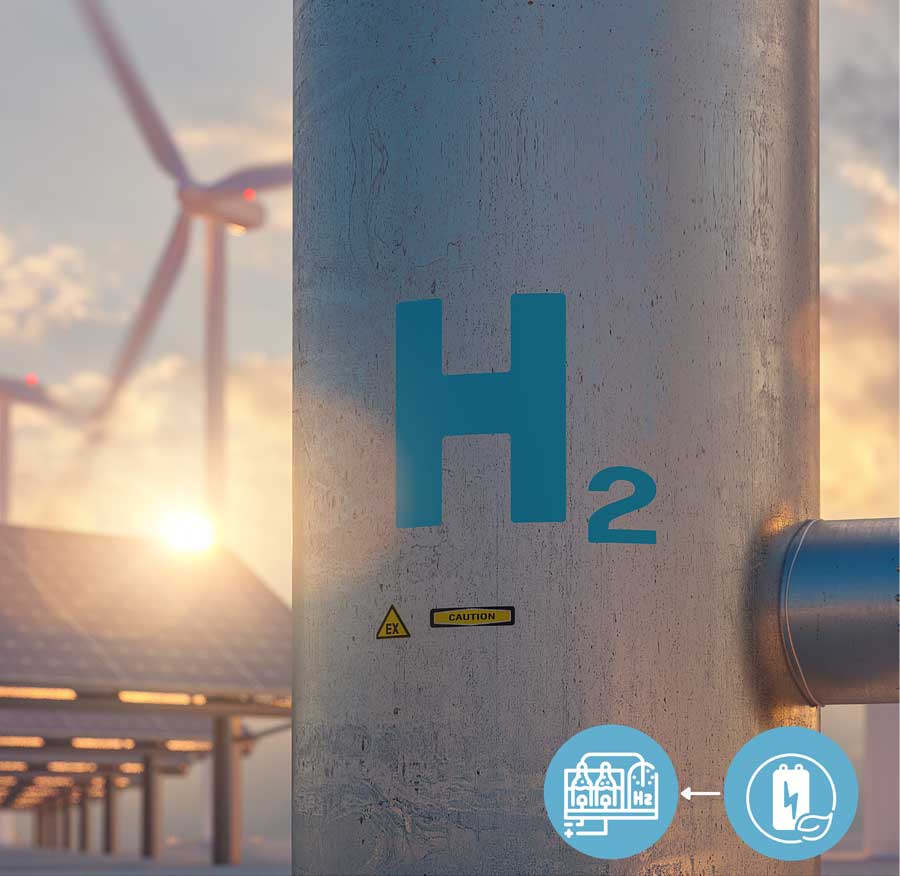

Renewable energies & green hydrogen
Green Hydrogen, generated only with the use of renewable resources in water electrolysis, is used in the rotary kiln. Green Hydrogen and “power to X” are among the most discussed topics in the current climate and energy crisis. While technical readiness of green hydrogen production is high, there are still significant challenges for making it transportable. In the HyIron process, the green hydrogen is directly used where it is produced, hence eliminating the inefficient and costly transport.
The transport of green Iron is feasible, does not pose risk and allows to transport enormous quantities of inherent energy.

Iron reduction
In the airtight rotary kiln, the oxygen (O) of the iron ore reacts with the hydrogen (H₂). The water (H₂O) resulting from this process is continuously filtered from the air and reused in the water electrolysis for the production of the hydrogen. Therefore, no water is consumed in the process. This again presents a substantial advantage for implementing the Hylron technology in locations with large energy potentials but scarce water resources.
The output of the reduction process is called Direct Reduced Iron (DRI) and can be used in foundries, steel factories, for 3D printing, Iron – Air batteries and many other purposes.
Project GEiSt
(German for “Green Iron in the steel industry”)
In Lingen, Germany, the pilot Hylron plant is about to launch after significant testing and analysis in laboratories conducted in cooperation with several steel producers. In this plant, processes from supply, reduction and utilization in steel factories will be optimised in cooperation with the German steel producer Benteler and the German energy provider RWE.
At a maximum output of 500 kg of direct reduced iron per hour, input and output materials can be tested. In the next step, the process will be optimized and scaled to industrial scale production in the framework of the Oshivela project.
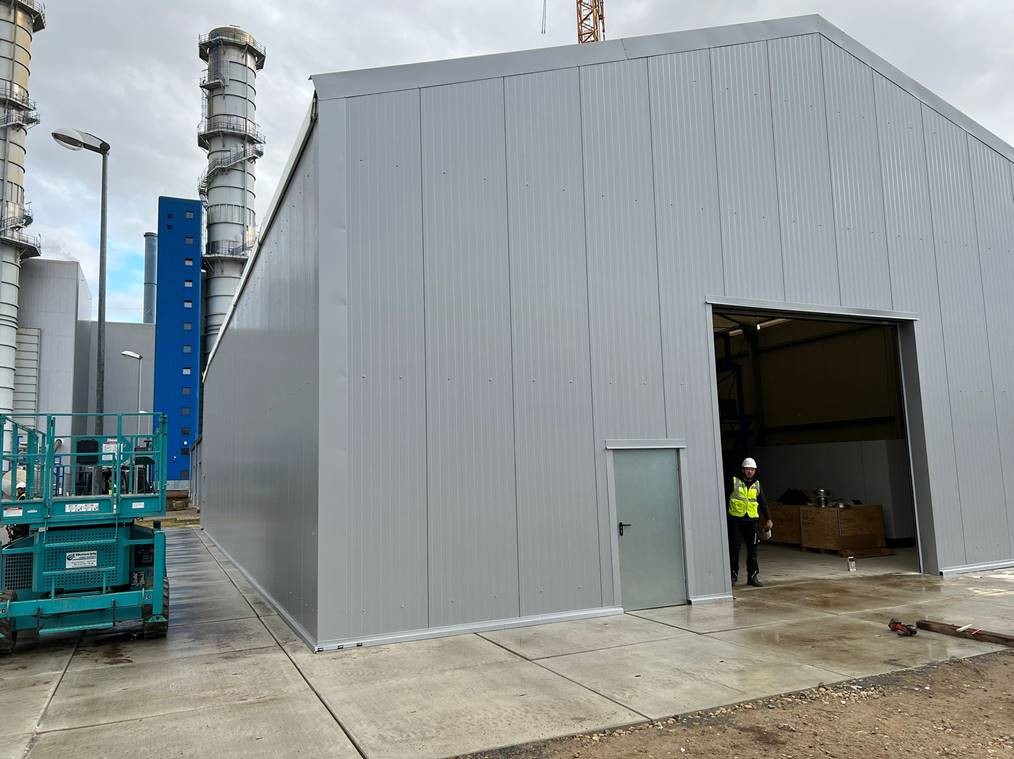
Hall exterior view
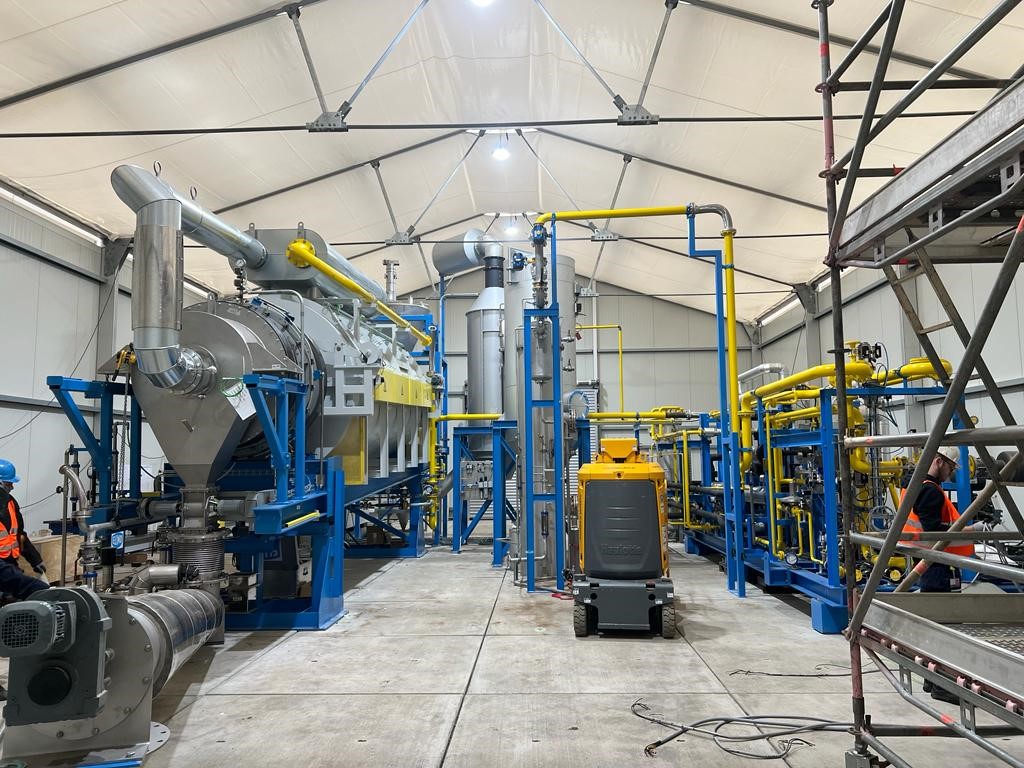
Hall interior view
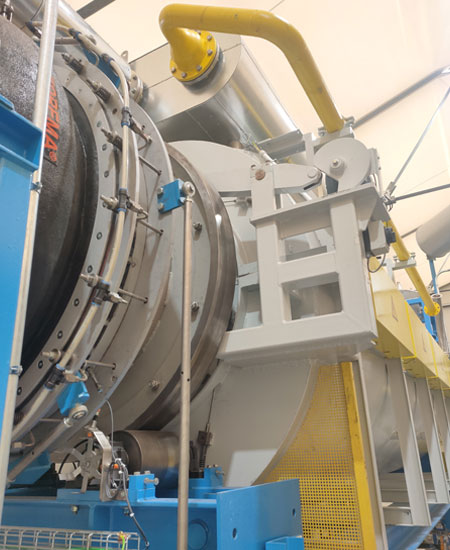
DRI plant construction phase in Lingen
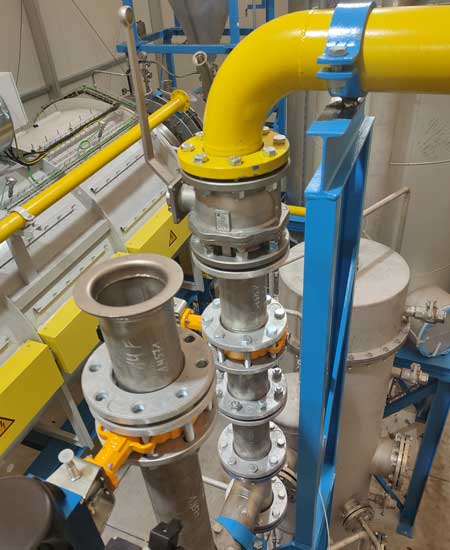
DRI plant construction phase in Lingen

DRI plant construction phase in Lingen
Learn more about our current project in Oshivela.
Send us a message
To send us a message, please use the following form.
Contact us
Here you will find us. And if you have any questions or ideas you want to share, contact us.
